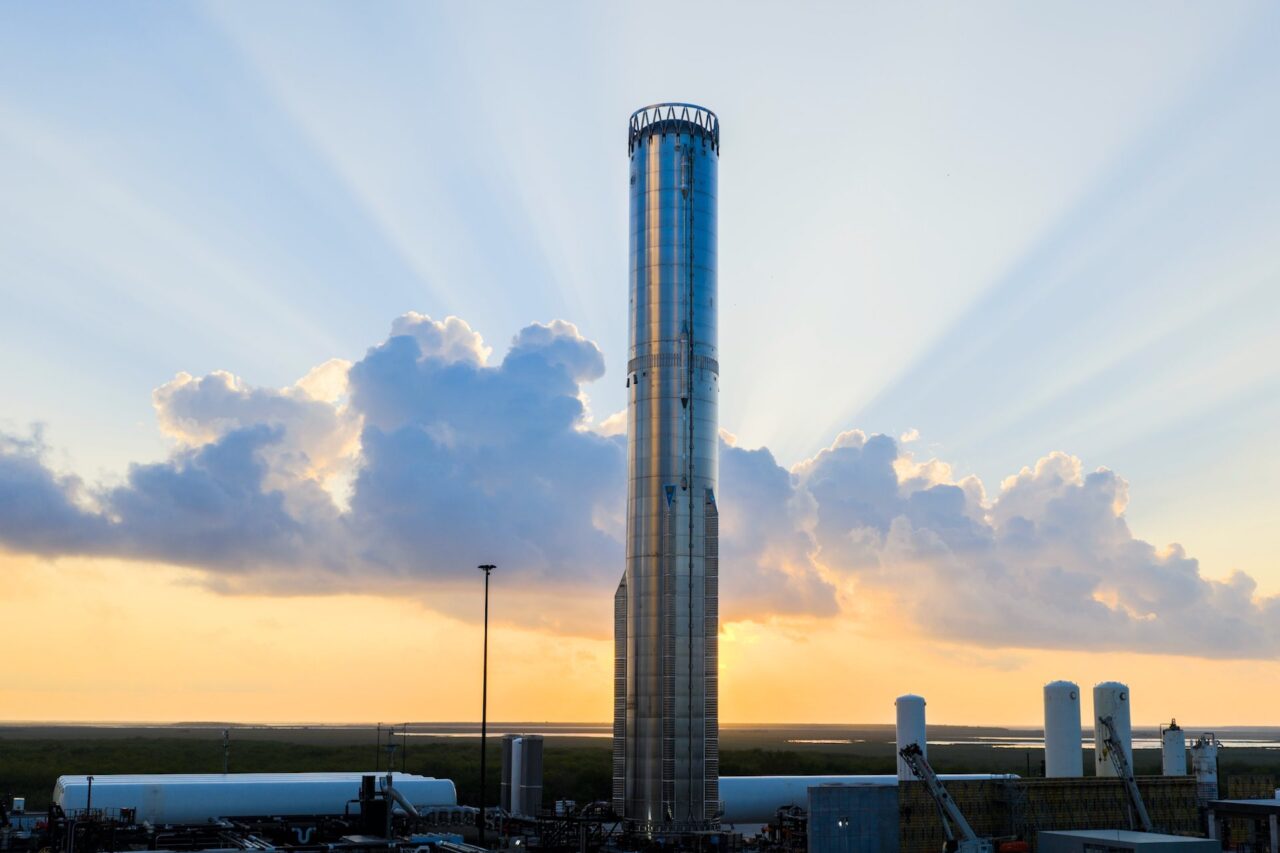SpaceX’s upgraded version of its Starship booster, known as Booster 18, exploded during a recent pre-launch test in Texas. This incident raises concerns as the company prepares for the first orbital flight of the next-generation Starship, anticipated in early 2024. Images from the Massey test site revealed significant damage to the booster, particularly in the lower section where the liquid oxygen propellant is stored.
The pre-launch testing, which began on September 28, 2023, aimed to evaluate Booster 18’s redesigned propellant systems and assess its structural integrity. Despite the explosion, SpaceX has not commented on the incident’s specifics or whether it was an intentional test to push the rocket to its limits. In a social media post, SpaceX stated, “The first operations will test the booster’s redesigned propellant systems and its structural strength.”
Challenges Ahead for SpaceX
The launch of Starship version 2 last month marked the end of a two-year development phase, concluding with a successful suborbital flight. Now, attention shifts toward the larger Starship version 3, set to debut in 2026. This new iteration is designed to carry more propellant and integrate a more powerful version of its engines, known as the third-generation Raptor engines.
While the previous test flights of Starship showcased significant progress, they followed a series of setbacks earlier this year. The latest prototype carries high expectations, especially as it incorporates numerous upgrades and design modifications aimed at preventing past failures. In a recent interview, SpaceX founder and CEO Elon Musk acknowledged the challenges, stating that the radical redesign could lead to “initial teething pains.”
Implications for Future Missions
The success of the next-generation Starship is critical. SpaceX is under pressure to deliver a reliable spacecraft capable of landing astronauts on the Moon by 2027 as part of NASA’s Artemis 3 mission. Recent comments from NASA’s acting head, Sean Duffy, indicated that due to ongoing delays, the agency might explore reopening the Artemis 3 contract to competitors if SpaceX cannot meet its deadlines.
In addition to lunar missions, Musk has expressed ambitions to send an uncrewed Starship to Mars during a launch window next year. Achieving orbit with the new prototype is a vital step toward these goals, as SpaceX continues to navigate the complexities of operating a larger rocket under new trajectories.
As the aerospace community watches closely, the outcome of Booster 18’s tests will play a significant role in determining the future of SpaceX’s ambitious plans.







